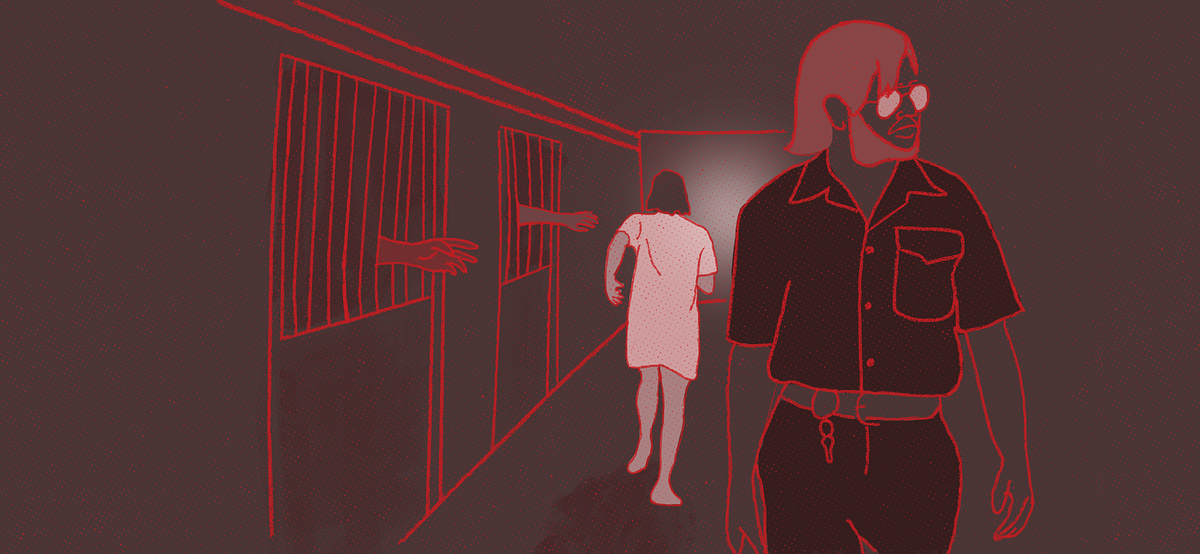The Lifespan of a Lie – The Stanford Prison Experiment

It was late in the evening of August 16th, 1971, and twenty-two-year-old Douglas Korpi, a slim, short-statured Berkeley graduate with a mop of pale, shaggy hair, was locked in a dark closet in the basement of the Stanford psychology department, naked beneath a thin white smock bearing the number 8612, screaming his head off. It was a defining moment in what has become perhaps the best-known psychology study of all time. Whether you learned about Philip Zimbardo’s famous “Stanford Prison Experiment” in an introductory psych class or just absorbed it from the cultural ether, you’ve probably heard the basic story.
Zimbardo, a young Stanford psychology professor, built a mock jail in the basement of Jordan Hall and stocked it with nine “prisoners,” and nine “guards,” all male, college-age respondents to a newspaper ad who were assigned their roles at random and paid a generous daily wage to participate. The senior prison “staff” consisted of Zimbardo himself and a handful of his students. The SPE is often used to teach the lesson that our behavior is profoundly affected by the social roles and situations in which we find ourselves.
But its deeper, more disturbing implication is that we all have a wellspring of potential sadism lurking within us, waiting to be tapped by circumstance. It has been invoked to explain the massacre at My Lai during the Vietnam War, the Armenian genocide, and the horrors of the Holocaust. And the ultimate symbol of the agony that man helplessly inflicts on his brother is Korpi’s famous breakdown, set off after only 36 hours by the cruelty of his peers.
There’s just one problem: Korpi’s breakdown was a sham. Now a forensic psychologist himself, Korpi told me his dramatic performance in the SPE was indeed inspired by fear, but not of abusive guards. Instead, he was worried about failing to get into grad school.
Source: medium.com